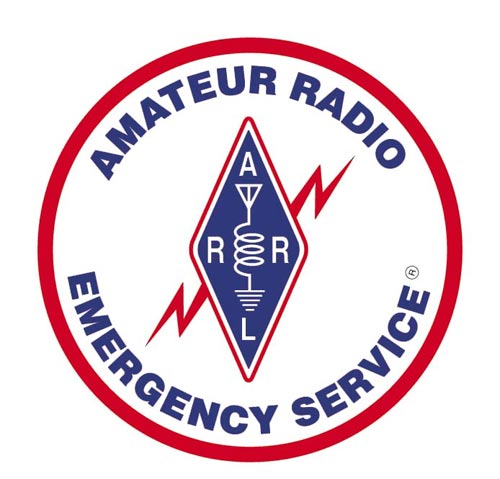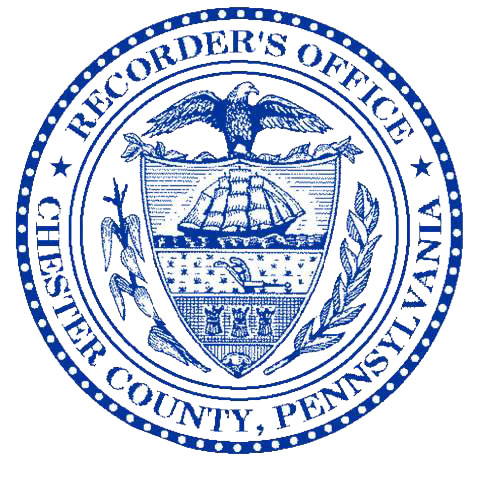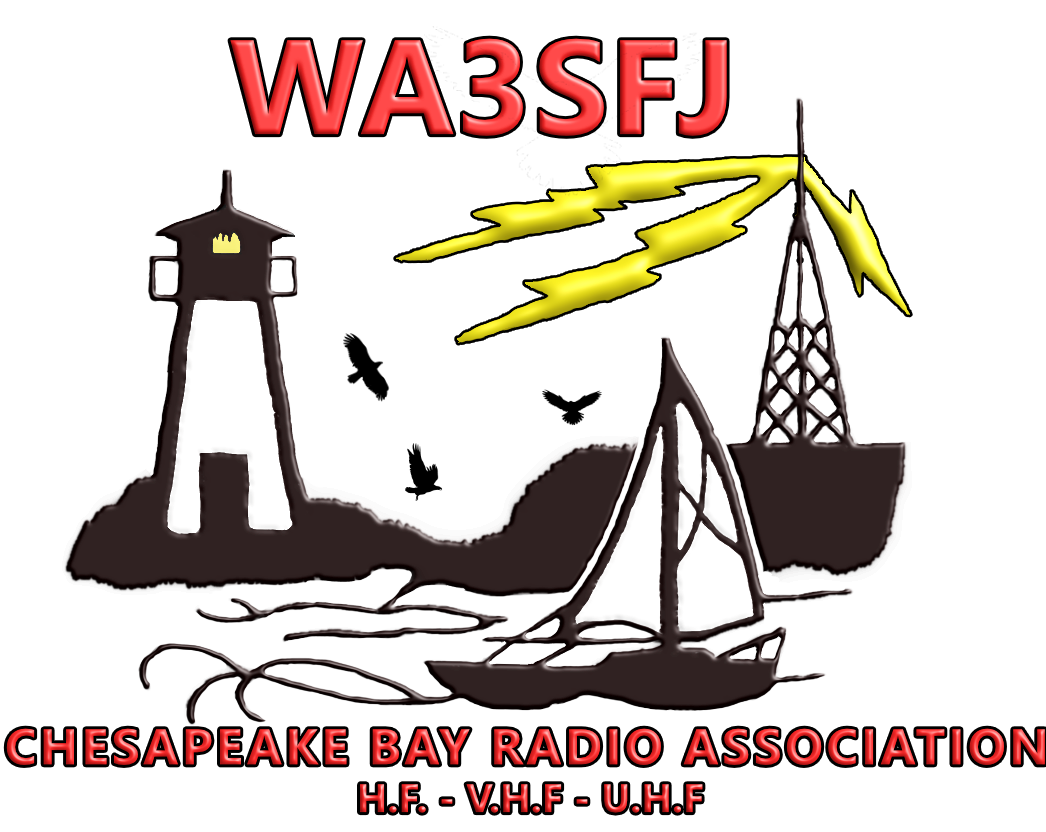
Amateur Radio Emergency Service® (ARES)
The Amateur Radio Emergency Service® (ARES) consists of licensed amateurs who have voluntarily registered their qualifications and equipment, with their local ARES leadership, for communications duty in the public service when disaster strikes.
ARES SERVING AREAS



ARES NET SCHEDULE
Cecil County
ARES Net is held every Sunday on the air (OTA) from 8:00PM TO 9:00PM on the
CBRA 146.85 Repeater.
This net is
primarily for ARES members but is open to all licensed radio amateurs.
ARES VISION
The Amateur
Radio Emergency Service® (ARES®), a program of ARRL, The national association
for Amateur Radio®, is comprised of organized, trained, and identified Amateur
Radio operators who augment and support vital communications on behalf of the
public through partner agencies and organizations during emergencies and disasters.
The Amateur Radio Emergency Service, through its volunteer radio communicators,
strives to be an effective partner in emergency and disaster response,
providing public service partners at all levels with radio communications
expertise, capability, and capacity.
ARES Membership Requirements
Every licensed amateur, regardless of membership in ARRL or any other local or national organization is eligible to apply for membership in ARES. Training may be required or desired to participate fully in ARES. Please inquire at the local level for specific information. Because ARES is an Amateur Radio program, only licensed radio amateurs are eligible for membership. The possession of emergency-powered equipment is desirable, but is not a requirement for membership.
ARES TRAINING
Three levels of
training will allow ARES participants to enter the program and migrate to
higher levels of qualification and service.
• Level 1—This
is the primary level for those who choose a non-leadership role as well as
those new to Amateur Radio or emergency communications. This introductory
training is conducted by the local ARES group to meet their needs and those of
their served agency or partners. This training could be formal or informal and
would introduce the ARES participant to the fundamentals of emergency
communications and provide instruction on how participants are to conduct
themselves while serving in the field or otherwise activated. Participants may
elect to remain at this level, or any level, based upon the extent of their
desired ARES involvement.
To qualify for this level,
participants shall have completed the following:
·
Obtain
the ARES Task Book (For tracking member training and certifications)
·
Join
an ARES group (like the CBRA ARES group)
·
Obtain
Technician Class or higher Amateur Radio License
• Level 2—To
qualify for this level, participants shall have completed the following
courses:
·
ARRL’s
EC-001: Introduction to Amateur Radio Emergency Communications
·
FEMA
IS-100.c: Intro to Incident Command Systems
·
FEMA
IS-200.c: ICS for Single Resource
·
FEMA
IS 700.b: Introduction to National Incident Mgt. Systems
·
FEMA
IS-800.c: National Response Framework
·
ARES
Net Participation
·
Addition
Proficiency Skills
Participants
are also encouraged to take advantage of training opportunities available
through partners to enhance their knowledge and skill set.
• Level 3—This
level of training prepares ARES participants to take on leadership positions
such as EC, ADEC, DEC, ASEC, and SEC, and other designated positions in the
ARES program. Participants are required to complete:
·
ARRL’s
EC-016, Emergency Communications for Management,
·
FEMA
Professional Development Series of courses
o
FEMA
IS-120.c: An introduction to Exercises
o
FEMA
IS-230.d: Fundamentals of Emergency Management
o
FEMA
IS-235.c: Emergency Planning
o
FEMA
IS-240.b: Leadership & Influence
o
FEMA
IS-241.b: Decision Making and Problem Solving
o
FEMA
IS-242.b: Effective Communications
o
FEMA
IS-244.b: Developing and Managing Volunteers
o
FEMA
IS-288.a: Role of Voluntary organizations in Emergency Management
o
FEMA
IS-2200: Basic Emergency Operations Center Functions
o
ARRL
EC-016L Public Service and Emergency Communications Management
·
ARES
Net Participations
·
Public
Service Event Participation
·
Simulated
Emergency Test or Exercise Participation (Bi-Annually)
·
Serve
as Net Control
·
Present
Training sessions
·
Hold/
Held a Leadership Position in a group
·
Participate
in PIO Activities
